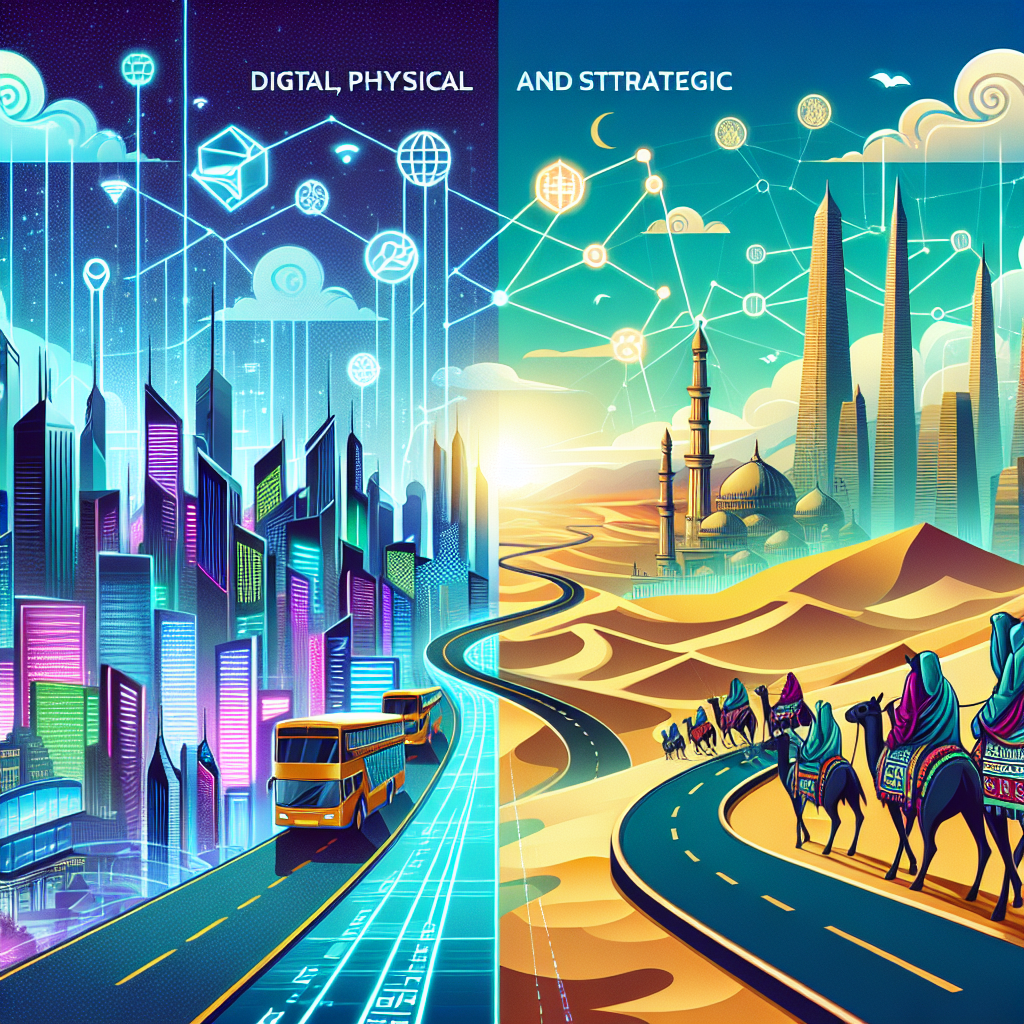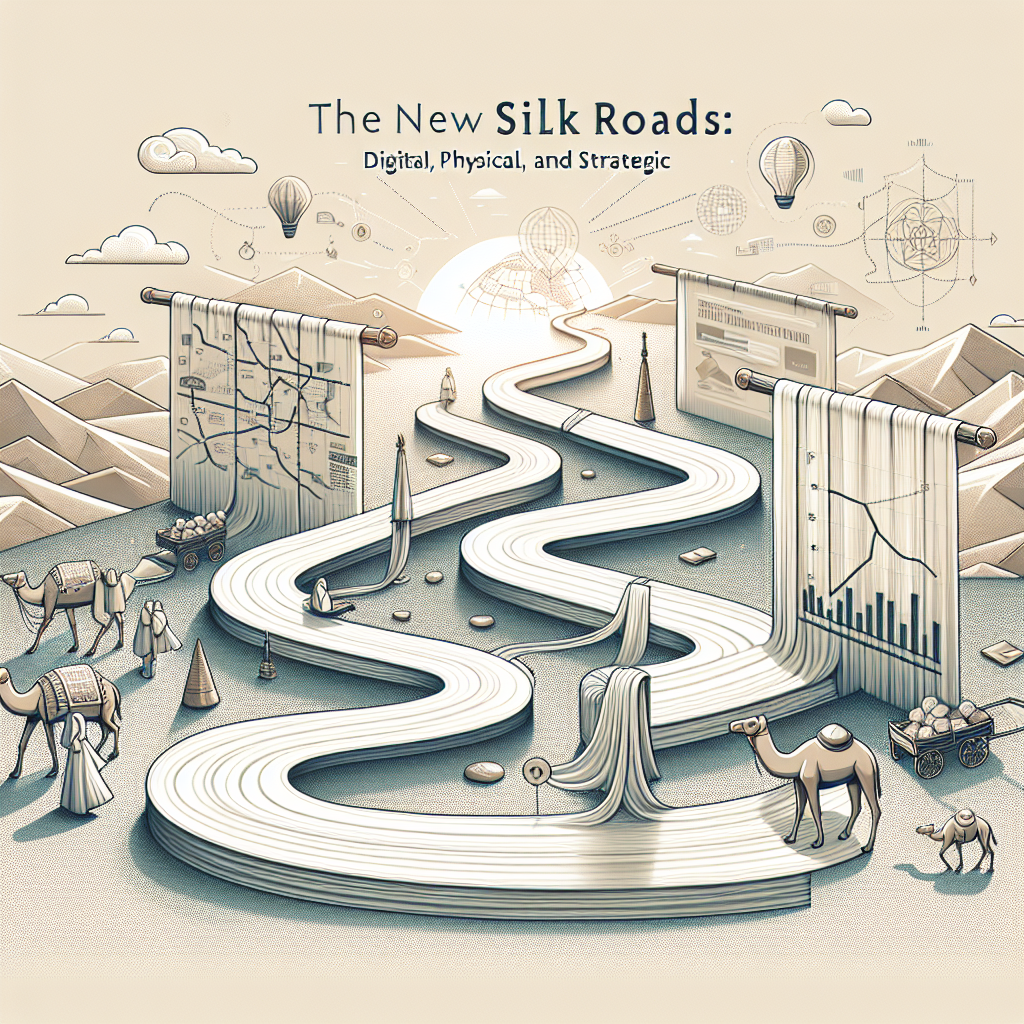
The New Silk Roads: Digital, Physical, and Strategic
The New Silk Roads: Digital, Physical, and Strategic
Historical Context of the Silk Road
Modern Revival: The Concept of the New Silk Roads
The Physical Silk Road: Infrastructure and Trade Routes
Infrastructure Development and Investment
The Digital Silk Road: Connecting Through Technology
Expansion of Digital Infrastructure
Strategic Dimensions: Power and Geopolitics
Influence and Soft Power
Geoeconomic Shifts
Benefits and Challenges
Potential Benefits
- Enhanced trade flows and economic growth
- Development of underserved regions
- Improved digital connectivity and innovation
- Promotion of regional stability and cooperation
Major Challenges
- Debt sustainability and financial risks
- Environmental concerns and ecological impact
- Transparency and governance issues
- Geopolitical tensions and competition


